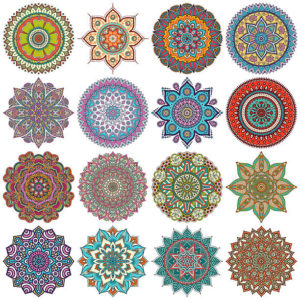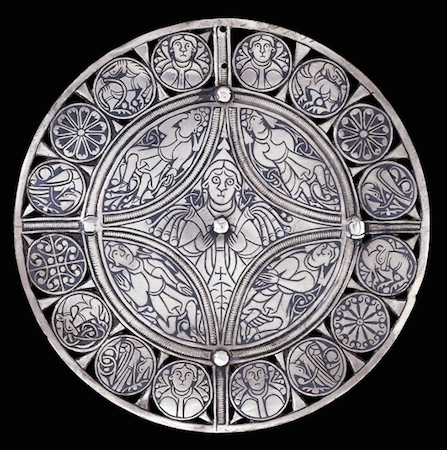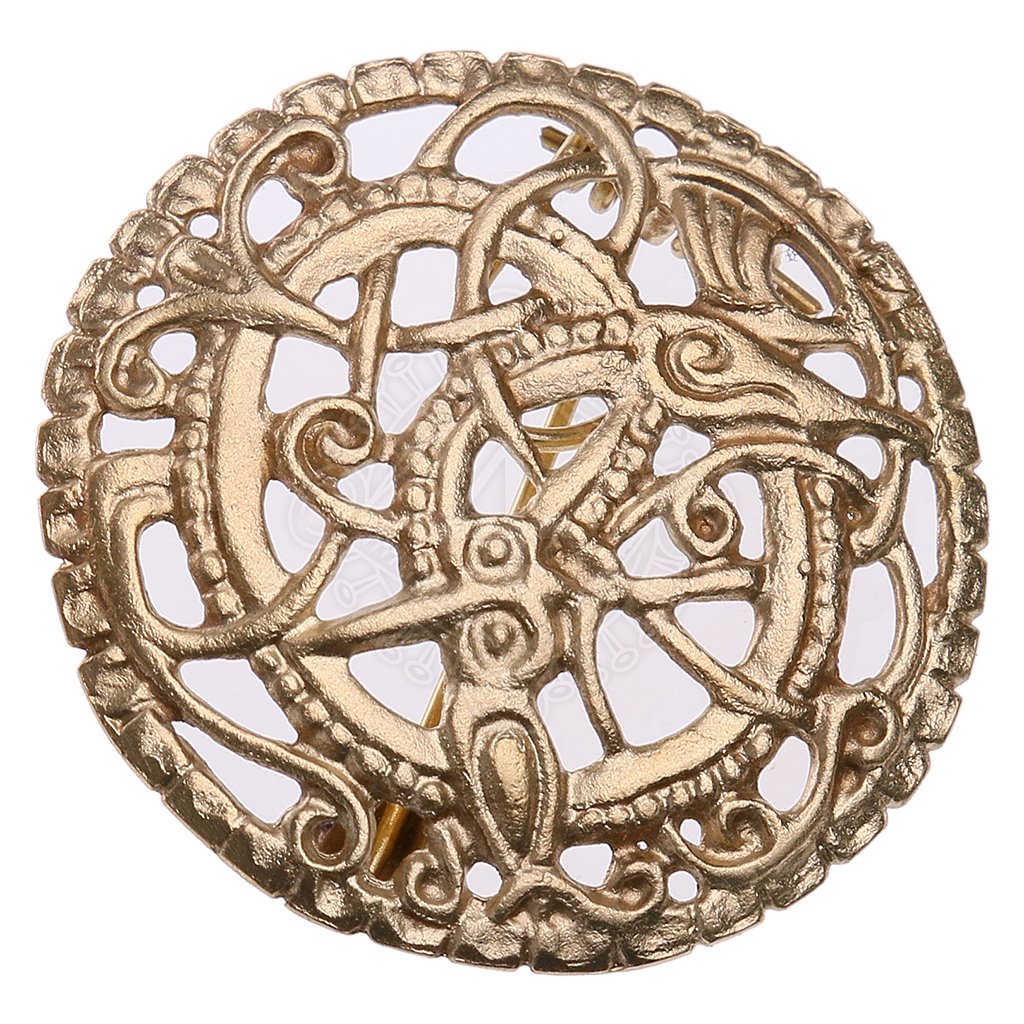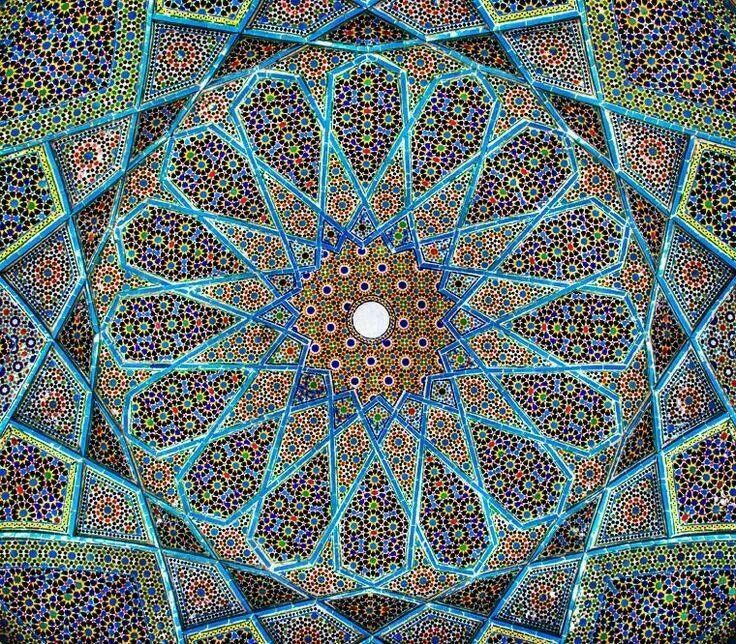By analyzing different creative mediums, we learn how to think creatively and critically, to reason, and to ask questions. These skills allow us to gain new insights into the human experience, and this adds to our knowledge about our world. Analysis allows us to learn about the values of different cultures, the perspectives of different people, and the variety of ways people can draw conclusions. This module will present various exercises designed for using both critical and interpretive practices that will help develop skills needed to engage in the analysis of different artistic mediums. In lieu of memorizing information on works selected by me, your instructor, each lesson will instead provide you with analytical frameworks to evaluate an artistic expression of your choice. Through this practice, you will be equipped with tools you can continue to apply as you engage the humanities beyond this course.
Module Objectives
- define analytical frameworks and describe the role of analysis in exploring the humanities
- identify different methods and techniques used to interpret the humanities
- analyze a wide variety of creative mediums within the humanities to interpret the shared experiences of being human through time and across cultures
What is an analytical framework?
Analytical frameworks are tools that help students, teachers and scholars go beyond simply describing and/or memorizing details and information about phenomenon and move toward creating new information or a new perspective. Analytical frameworks are designed to structure a more systematic manner in the ways phenomena is approached, data is collected and organized, and conclusions are drawn.
Theories and Analytical Methods in the Humanities
Theories and analytical frameworks make it easier to draw conclusions that are based on a theoretical approach while at the same time acknowledging that there are different perspectives in the study of the humanities. By taking one analytical approach, you can formulate a conclusion while at the same time saying, ‘hey, there might be a different way to view this from a different analytical perspective.’
There are a wide variety of old and new frameworks in the humanities. Some disciplines in the humanities leans toward specific frameworks. For example, critical theory is popular in English and media studies. Hermeneutics and phenomenology is popular in religious studies. Here are a few more frameworks to explore and consider:
- interpretation
- aesthetic interpretation
- music theory
- rhetoric
- discourse
- hermeneutics
- literary theory
- literary criticism
- historiography
- logic
- design theory
- critical theory
- ethnography
- thick description
- semiotics
- interface theory
Applying Analytical Frameworks in this course
Like tools in a tool box, analytical tools are not exclusive to each other. A student or scholar can use more than one and modify and manipulate a framework as needed. The idea behind using a framework is to help the researcher define their approach, organize information, and present new information from a particular perspective.
An analytical framework strengthens the study of the humanities in the following ways:
- It helps to create an explicit statement, or thesis, and permits the reader to evaluate it critically.
- It connects the researcher to existing knowledge which gives a basis for the thesis and the perspective.
- It forces the research to go beyond simply describing and generalizing by addressing ‘why’ and ‘how’.
- It defines the limits of a thesis, and highlights the need to examine phenomena from a different framework and perspective.
In this class you will be encouraged to experiment with applying a different analytical perspective as you move through the assignments. You can learn about other perspectives by reading about the ways other students have applied theoretical perspectives in their discussion posts. The terms and concepts presented here provide academic tools to complete activities in the upcoming lessons which will address an different creative medium each week.
References and Resources
To learn more about analytical frameworks and research in the humanities, explore the links below.
- Humanities and Social Sciences contrasting distinctions
- Tyree Library Catalog page (for books)
- Tyree Library Databases page (for articles – try Jstor)
For Discussion in Canvas
Select one of the analytical techniques used in the humanities (listed above), and use the Tyree Library book catalog or databases (Jstor is a great one) to locate a scholarly book or article about the specific technique.
- Post the citation for your book or article
- Make the citation a hyperlink (see directions in the discussion)
- Write a minimum 150 word description of the analytical technique. Be sure to read and comment on the techniques presented by at least two of your classmates; their research might come in handy for you in one or more of the upcoming lessons.
Journal Expression

After immersing yourself in analytical thinking, exercise your right brain by creating a mandala (or something like it). A mandala is a spiritual and/or ritual geometric configuration of symbols in the Asian religions of Hinduism and Buddhism. In typically American use, “mandala” has become a generic term for any diagram, chart or geometric pattern that represents the cosmos metaphysically or symbolically, though it originally meant to represent wholeness and a model for the organizational structure of life itself. In many ways, analysis helps to build configurations and associations within human and abstract phenomena. The basic form of most mandalas is a square with four gates containing a circle with a center point of a radial balance. To l
To learn more about mandalas and how they can be applied in design, watch this video by Jeff Durham, Curator of Himalayan Art at the Asian Art Museum in San Francisco.
To create a mandala, you can either use a ruler and compass or freehand it. Stick with curves and circles or go with angles. Just relax and let your right brain run the show. For ideas on creating a Mandala with a ruler and protractor, watch the video below:
See also: Video 2 or Video 3 and to create a mandala freehand: Video 4 , Video 5 or Video 6
Your mandala does not need to imitate the designs in the tutorials. Feel free to take liberty with your own designs. and consider the Eastern influences in mandala-like art in Saxon and Scandinavian art. In the 9th century Saxon Fuller Broach pictured below, the Saxon King Alfred is depicted in the center and he is encircled by the five senses: Sight, perceived as the dominant sense in medieval times, commands the central position with staring eyes; he is flanked by figures representing Hearing, Touch, Taste and Smell. The outer border contains human, bird, animal and plant motifs, which may represent the variety of divine creation. Similarly, Celtic and Eastern influences shape the Scandinavian Urnes style using abstract images of knotted animals in in a balanced mandala-like fashion in the 11th century brooch pictured below. Similarly, Islamic geometric decoration, which tends to avoid using figurative images, makes frequent use of geometric patterns which have developed over the centuries.



